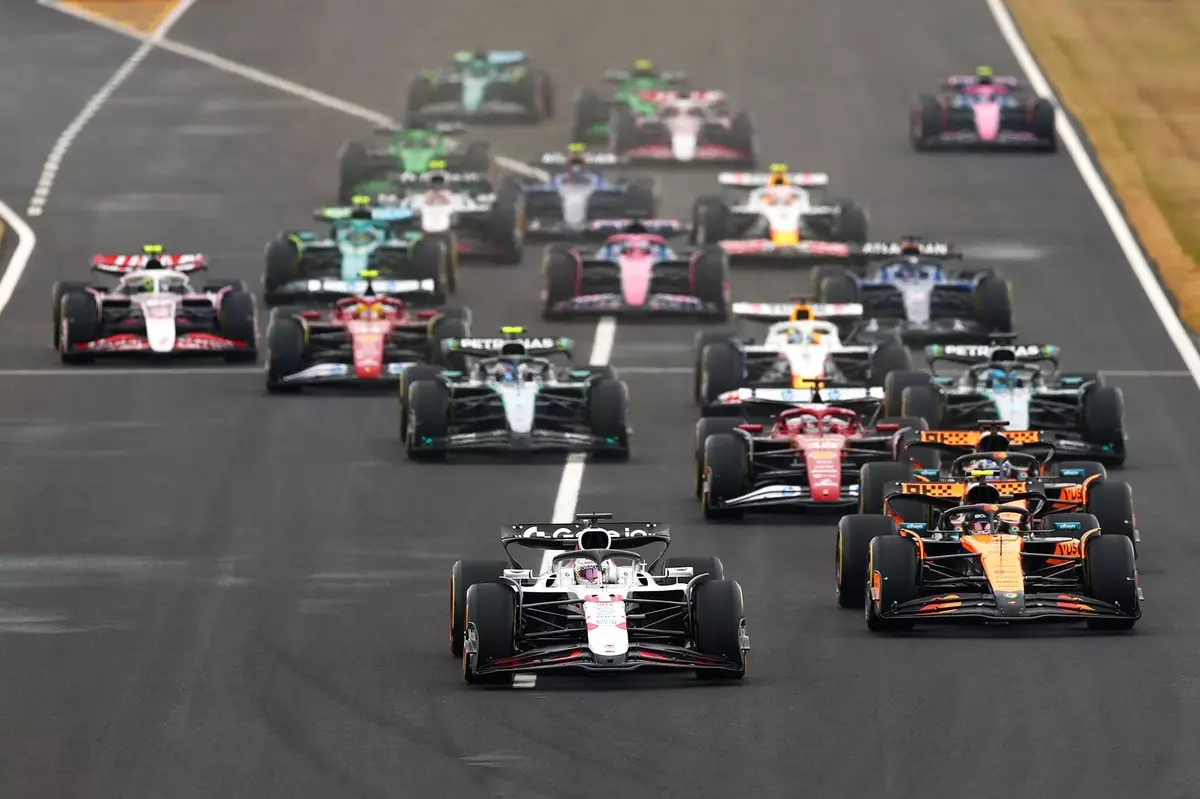Formula 1 stands at a pivotal crossroads, with engine manufacturers and the FIA engaging in pivotal discussions aimed at reshaping the future of hybrid technology in the sport. Following the stark dominance of Mercedes in 2014 that left many fans disappointed, stakeholders are keen to navigate the intricate landscape of power unit regulations, particularly as the 2026 engine specifications loom closer. The ambition is clear: to foster a competitive atmosphere that features dynamic racing and minimizes the chances of any singular manufacturer reign dominating the grid.
The meeting held in Bahrain, driven by FIA president Mohammed Ben Sulayem’s interest in potentially reinvigorating the V10 engine concept, serves as a platform for proactive dialogue. It included significant figures from across the industry, including representatives from prominent teams like Audi and Honda, both of which have voiced concerns about limiting the innovation that originally attracted them to participate in the new hybrid framework.
Understanding Manufacturer Concerns: A Complex Web of Interests
With the arrival of new players like Cadillac joining the ranks, balancing the diverse priorities and expectations of different manufacturers becomes increasingly complex. The skepticism surrounding potential restrictions indicates that manufacturers are not prepared to curtail the advancements they had committed to, particularly when thriving within the constraints of the 2026 hybrid regulations. This is an essential point of contention; tightening restrictions could deter innovation and discourage engagement from new entrants, consequently stifling the very spirit of competition that characterizes Formula 1.
As articulated by Red Bull team boss Christian Horner, the objective isn’t just addressing the near future. Their conversations included pondering what the right trajectory for F1 will be in the coming years. The complexity of these discussions highlights the necessity for a balanced cooperative approach whereby the FIA and the manufacturers collectively steer the direction towards sustainable competitiveness, rather than allowing one entity’s advantage to wholly eclipse the possibilities for the others.
The Potential for Creative Regulation: Balancing Performance and Fairness
One crucial area under consideration is the future of engine homologation. Current regulations freeze engine designs for specific periods; however, the potential introduction of flexibility could allow teams to adapt and enhance their power units mid-season, reflecting a more organic development approach. This could be particularly crucial for maintaining competitive balance on the track. With the current budget caps in place, resources could be leveraged toward timely upgrades while maintaining a fair playing field, an objective everyone in the sport strives towards.
The need for convergence in performance levels amidst regulatory changes cannot be overstated. Performance divergence is an inherent risk whenever substantial regulations come into play; thus, ensuring teams can quickly recalibrate through enhancements can foster competitiveness alike. Emphasizing the essence of “close-quarters racing,” Horner points to the collective desire among stakeholders: the racing itself must remain exhilarating and unpredictable, ensuring that all teams have the opportunity to engage in thrilling battles, rather than a predetermined outcome fronted by a technical supremacy.
Looking Ahead: Constructing a Thriving F1 Ecosystem
As the discussions progress, one insight becomes increasingly vital: the stakes extend far beyond engines and specifications; they encompass the lively ecosystem that is Formula 1. The sport thrives not just on technological advancement but also on the anticipation and excitement generated around each Grand Prix. By fostering an environment where innovation meets the ideals of fair racing, Formula 1 can safeguard its allure to fans and participants alike.
The amalgamation of old school elements like V10 engines with modern hybrids raises questions surrounding heritage and nostalgia versus progress and sustainability. It’s an iterative process, one clearly underpinned by collaboration and foresight. As the FIA and manufacturers work toward solidifying these regulations, the automotive community watches closely. The trajectories set now are not only about performance on the grid but also about nurturing the next generation of technology and engineers who will propel the sport forward. The blend of competitive racing and cutting-edge innovation is what will keep Formula 1 vibrant and relevant for years to come.


Leave a Reply